Children’s Lives 180 Years Ago
Designed for students in First through Third Grades, this program allows children to imagine what it might have been like growing up in the Nineteenth Century. For this reason, there is less of an emphasis on the Dinsmore family itself and more of an emphasis on comparisons between yesterday and today. Activities included in this program are:
• Tour of the house focusing on artifacts & how they were used
• Hands-on chores that children would have done in the past
• Hands-on games, both indoor & outdoor, from the past
• Learn about children’s clothing of the past
• A trip to the graveyard to learn about medicine and accidental deaths, if desired
This program will help to meet the following Academic Expectations according to Kentucky Standards:
2.19 Students will recognize how technology helps people move, settle, and interact in the world, and
2.20 Students understand, analyze, and interpret historical events, trends, and issues to develop historical perspective.
Antebellum Kentucky Farming
This program is designed for students in grades 4 through 6. Created to complement Kentucky History, issues of agriculture, labor, culture, and gender will be highlighted. Students will be asked to adopt the identity of a historical figure from the Dinsmore Homestead, either a member of the Dinsmore family, an enslaved African American, or a member of a tenant family. Activities included in this program are:
• Tour of the house, with students imagining their own role with relationship to the house and the Dinsmore family.
• Self-guided discovery tour of the outbuildings, including the graveyard, used on the farm, focusing on how their character would have fit in to the world of work around them.
• Hands-on parlor & outdoor games played by different groups on the farm, focusing on the differing purposes of such games to various groups.
This program will help to meet the following Academic Expectations according to Kentucky Standards:
2.16 Students observe, analyze, and interpret human behaviors, social groupings, and institutions to better understand people and the relationships among individuals and among groups, and
2.20 Students understand, analyze, and interpret historical events, trends, and issues to develop historical perspective.
Because the Dinsmore Homestead Museum has over 90,000 pages of original source material and thousands of artifacts, we can readily adapt our programs to meet the needs & requirements of our teachers.
Rewards of Research Program
For Middle School teachers & High School teachers, you may create your own program based on our primary sources. A few examples would be:
Primary Source Discovery
Students will be introduced to primary sources through a discussion of what documents qualify, how they are used, and why they are important. A tour of the house and graveyard will emphasize what docents have learned about the Dinsmore family & 19th century history through primary-source documents and artifacts. In groups, students will look at primary sources pertaining to a member of the household and present a short biography of that person.
Slavery & Reconstruction at Boone
In groups, students will explore the meanings of slavery through primary source documents from the Dinsmore Family collection and from Boone County. They will tour the house and the outbuildings to help personalize the story and to learn more about the local meaning of Reconstruction.
Gender Roles & Expectations on the Dinsmore Farm
In groups, students will explore the issues associated with gender roles & expectations in the nineteenth century and compare that to society today. A tour of the house, the outbuildings, and the graveyard will explore the use of the environment, built and natural, to reinforce gender roles.
Death & Dying in the Nineteenth & Early Twentieth Century
Students will analyze primary sources about illness and death to come to some conclusions about how and why the meaning of death has changed. Students will tour the house and graveyard to learn more about personal stories of death in and about the Dinsmore family.
